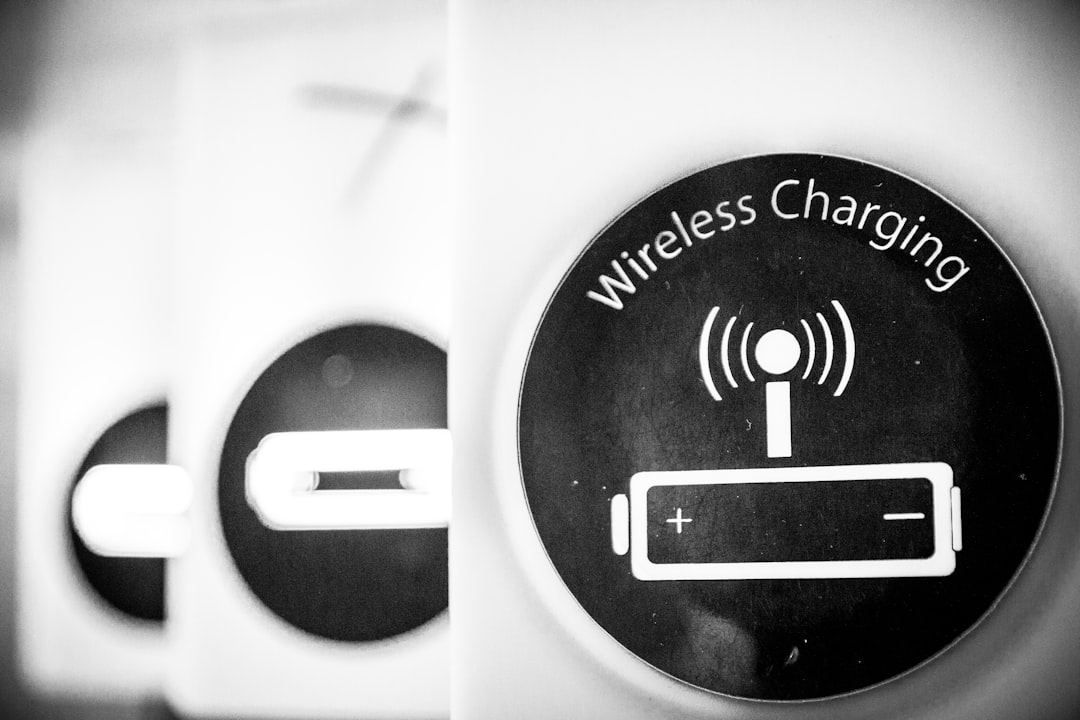What is it about?
The effect of ethanol–gasoline blends as fuel on the performance and exhaust emission of a spark ignition (SI) engine.
Featured Image
Why is it important?
The ever-increasing global concern towards air pollution and the limited oil reserves are the reasons behind the interest on eco-friendly alternative fuels. Alcohols are considered to be attractive alternate fuels because of their unlimited sources, both natural and manufactured. Ethanol and methanol are the kinds of alcohols which dominate the others.Performance of internal combustion engines can be increased by adding the suitable additives to the fuel with present technology. Today additives are integral part of fuel. Alcohol is a well-known fuel additive with several advantages over gasoline, such as better antiknock characteristics and lesser CO and HC emissions.
Perspectives
s the percentage of ethanol increases the emission characteristics improved. It is observed that the emission values of the HC and CO decreased when compared with that of pure gasoline. The decrease in calorific value with the addition of ethanol due to the lower heating value of ethanol compared with gasoline, results in higher consumption of fuel for the ethanol-gasoline blend as compared to pure gasoline.The brake thermal efficiency increases with the increase in the percentage of ethanol.
Mr Saikrishnan V
Sathyabama University
Read the Original
This page is a summary of: Analysis of ethanol blends on spark ignition engines, International Journal of Ambient Energy, January 2017, Taylor & Francis,
DOI: 10.1080/01430750.2016.1269678.
You can read the full text:
Contributors
The following have contributed to this page










